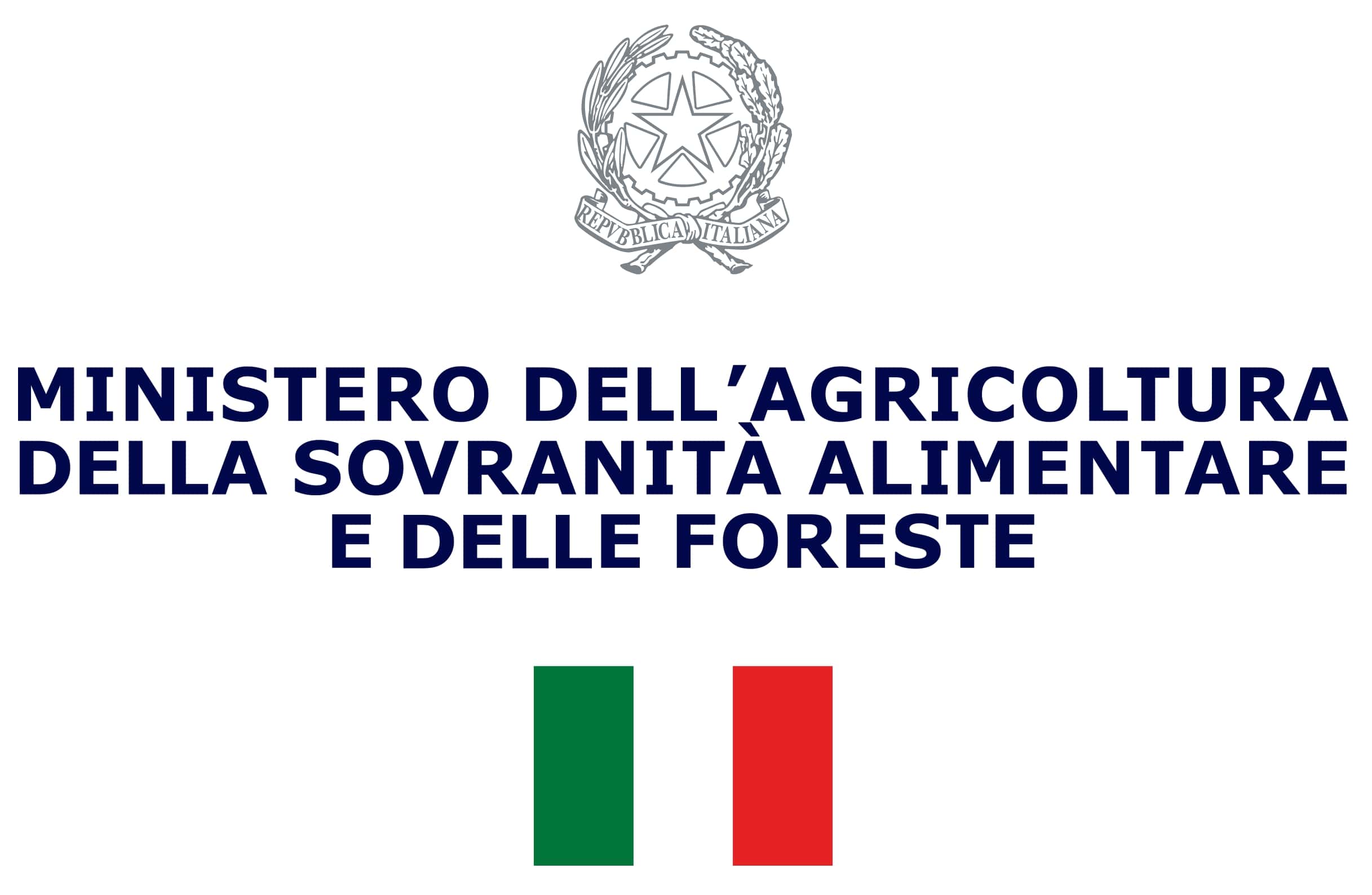
Experts of FiBL, together with specialists from Africa, have compiled an extensive manual for trainers on animal-friendly, small to medium organic chicken husbandry. The manual and the associated PowerPoint presentation are available for free download HERE .
Demand for poultry products is high in Africa and is expected to increase significantly in the next 20 years. Today, with the emergence of a middle class, poultry products play an increasing role in food consumption and for the nutrition of the people of Africa, mainly in urban areas.
Currently, about 70 percent of the poultry in Africa is reared on small farms. Chicken production is popular among smallholder farmers, as capital investments are less than for other livestock species. Furthermore, chickens are small, easy to keep and handle, and have a short production cycle. They can be the most efficient and profitable species to raise. Strengthening organic poultry production can make a significant contribution to strengthening small and mid-sized farms in Africa. Animal-friendly husbandry, the efficient use of natural resources, and a smart integration of poultry production into the farm cycle contribute to productive and sustainable farming.
In organic poultry production, major attention is paid to animal-friendly husbandry, allowing the animals to express their natural behaviours. Preventive measures to ensure animal health, and feeding appropriate to the species and needs have a high priority.
The manual explains the principles and the practices under organic management in a practical and comprehensible way. The detailed explanations and didactic recommendations are complemented by well-illustrated PowerPoint slides. The manual is intended for use by trainers of trainers and trainers of farmers.
The manual was developed for the Knowledge Centres for Organic Agriculture (KCOA) in Africa implemented by the Deutsche Gesellschaft für Internationale Zusammenarbeit (GIZ) on behalf of the Federal Ministry for Economic Cooperation and Development (BMZ) of Germany.
Source: FIBL



